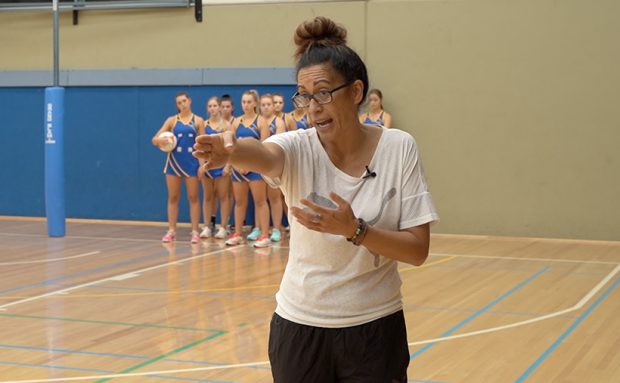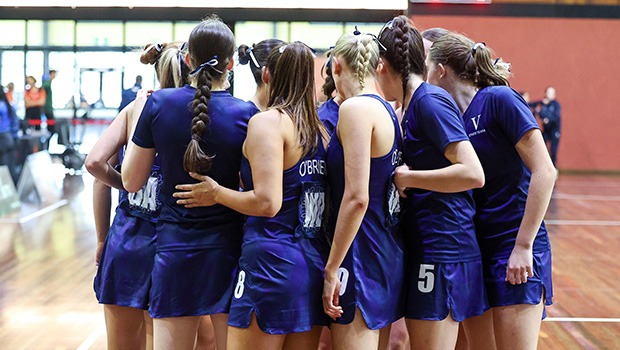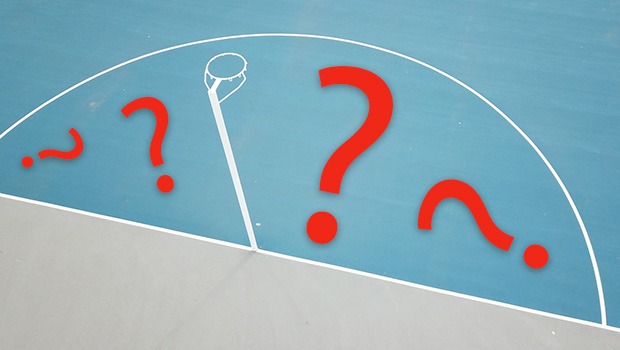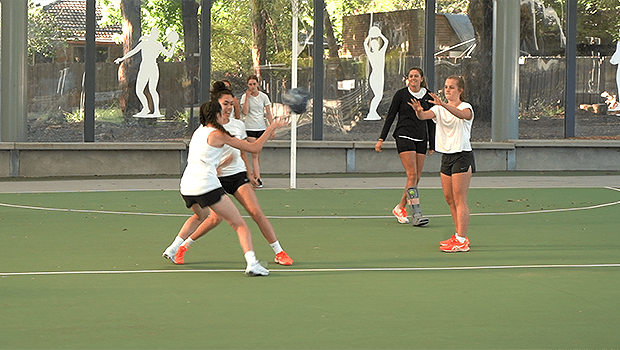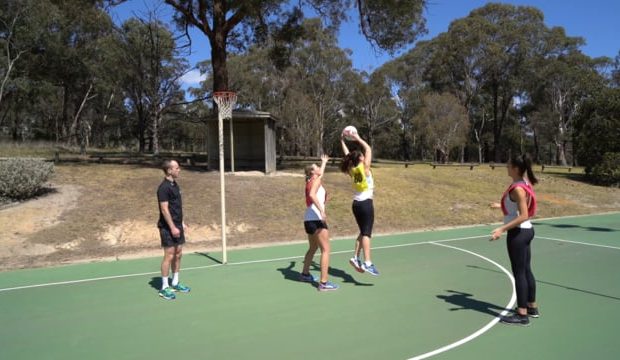As a netball coach, do you ever feel under pressure to create new training sessions for your team every single week, for fear of your players becoming bored at having to repeat something they’ve done before?
We had this exact discussion recently amongst a group of coaches, and all agreed they were in a constant battle to concoct a brand new session each week, with a completely fresh set of drills and a changed focus from one session to the next.
But it also posed the question: “why?”.
Were our players executing the skills from the previous training perfectly (or even consistently) at that session or in their game? No.
Were they therefore ready be hit with a new skill and a new training focus? Very unlikely.
400+ DRILLS: JOIN NOW TO ACCESS OUR FULL NETBALL COACHING LIBRARY
While the need to keep players interested and engaged is a very real challenge that all netball coaches face, reinventing the wheel each week is a real trap that we all fall into at some point.
Put it this way: would you rather your players finish the year with four or five key skills absolutely dialled in and mastered as they move onto their next team or age group, or a much lower proficiency in 10-15 skills, which they then struggle with the following season against better opposition, because you’ve only touched on each of them for a very short period of time?
Check out our tips below as you set about planning your future coaching sessions.
View this post on Instagram
ASSESS THE PROGRESS
It’s important that you actually assess and critique each session that you complete with your team, and ask yourself a few questions.
Did the players actually grasp or complete the skill to an appropriate level or standard? Can they apply it in a competitive situation or game? Can they maintain the skill, or do they revert back to old habits?
If the answer is no, there is NOTHING WRONG with revisiting those same skills the following week (or for multiple subsequent weeks) until the players have improved it enough to progress.
It takes many hours of repetition for a skill to become second nature, so stick it out for multiple sessions until you’re comfortable that your players have nailed it.
OUTLINE THE FOCUS
If you tell your players to line up at the start of training and do the same drills they’ve done in previous weeks, there’s a good chance they’ll lose interest almost before the words have finished leaving your mouth.
So if you do plan on repeating drills, pull the team in beforehand and explain what the focus for the session is, and why you’re going over these skills again.
It might be as simple as saying something like, “Last week we worked on improving our inside pivot. We’re going to do that same drill again to start with, as some of us need a bit more work on controlling our landing so we can make the next pass quickly”.
The players then have a clear focus for improvement, and they’ll know that they need to work hard on taking on feedback to complete it effectively, so that they can move onto new areas in the coming weeks.
View this post on Instagram
REPEAT WITH SMALL PROGRESSIONS
Take your time to build a skill slowly over multiple sessions, using small progressions or adding only minor new elements each week, rather than huge jumps in difficulty.
For example, in preseason for state league it’s not uncommon that we’ll focus on the one skill area for two to four weeks (four to eight sessions), slowly building the players’ proficiency until they’re at the level they need to be for the competition they’re set to play in.
These are elite players who are already highly skilled, and yet in training they’re breaking down each skill and repeating it countless times until they’re better at it.
It’s even more important to do the same for younger and developing players, as they need significant practice completing the basics of each skill, if you want them to be able to complete it proficiently under pressure and as they progress through the grades.
SUBTLE VARIATIONS
It’s easy to target the same skill areas with very similar drills, but with small changes to keep it fresh.
Rather than repeating the same drill two weeks in a row, simply change one small component so the players have a renewed area of focus.
For example, if you’ve worked on a BASIC OUTSIDE PIVOT at one session, at the following session you could use the same drill but instead focus on the next aspect – the player turning their head and hips in the air in order to see their next passing target quickly. You could add a stationary player holding two cones of different colours, and when the driving player receives the pass and begins to turn, the player with the cones holds one up and the driving player has to see and call out that colour as quickly as they can.
Again – only a small variation, but one that (in the players’ minds) effectively creates an entirely new drill using the same drill you’ve used previously.
